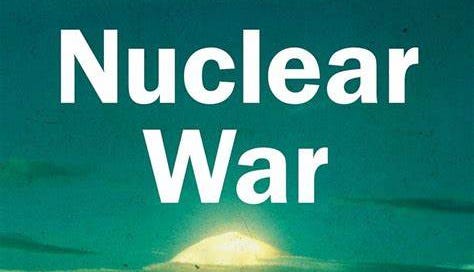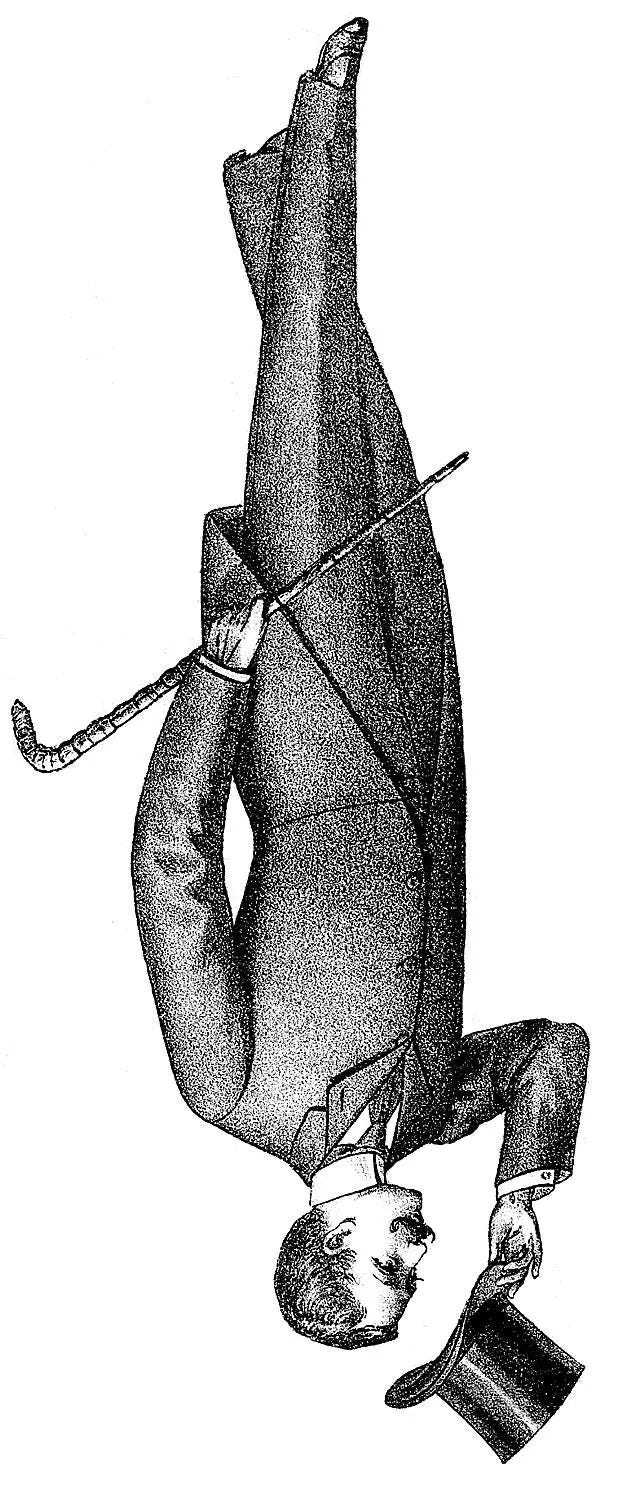Nuclear War: A Scenario by Annie Jacobsen. Narrated by Annie Jacobsen. Books On Tape, 2024. 11 hours (approx.).
Annie Jacobsen is a journalist and author of several books, one of which, The Pentagon’s Brain, was a 2016 Pulitzer Prize finalist. She is also a New York Times bestselling author, according to her website. Her newest book is Nuclear War: A Scenario. The book is just that: a scenario. It is not a prediction, but her scenario’s plausibility is frightening.
Jacobsen assumes North Korea launches a series of nuclear missile strikes against the United States. The reasons are not clear, but it doesn’t matter; her objective is to detail the policies and procedures that might follow. Taking center stage is the launch-on-warning (LOW) policy. Still in effect today - let that sink in! - LOW states that the U.S. will launch its nukes in retaliation at the mere warning of an enemy nuclear strike.
Jacobsen evidently has a low opinion of LOW, and she makes a persuasive argument. The policy would, according to her, end in the near extinction of humanity. In her scenario, the U.S. retaliates against North Korea according to its launch-on-warning protocol. However, the intercontinental ballistic missiles (ICBMs) that carry the nuclear payload must pass over Russia to reach their destination. The paranoid Russian President mistakes this for an attack on his country. And thus, a deadly chain reaction of missile strikes by NATO and others result in a global nuclear holocaust.
If the deliberate “bolt out of the blue” attack from North Korea strikes you as unlikely, consider the possibility that such a first strike might be the result of a false alarm. It is possible. In fact, it almost happened.
On September 26, 1983, Lieutenant Colonel Stanislav Petrov of the Soviet Air Defense Force received warning of an incoming United States nuclear strike. Their early warning system, Oko, detected five ICBMs heading toward Russia. Petrov knew the Oko system was flawed and that any attack by the U.S. would likely include several hundred missiles, not just five. He decided the warning was a false alarm - and it was. The satellite’s infrared sensors had picked up sunlight on high-altitude clouds and mistook that for missiles. However, had Petrov responded differently, we might not be here now.
The destruction of a global nuclear holocaust is morbidly fascinating, like rubbernecking to get a better glimpse of the highway accident in the adjacent lane. Near ground zero people are vaporized and concrete structures explode. A little further out and the asphalt that paves our streets liquifies and becomes like rivers of lava. If you were trying to outrun the blast, your car would sink into the morass and burn.
I believe it was Nikita Khrushchev who said, “The living will envy the dead.” That’s definitely the case in Jacobsen’s scenario. If you are not instantly vaporized, there won’t be enough flesh on your body to keep you alive very long. If you should survive, no one is coming to help; rescue teams from an un-bombed city won’t be able to go near ground zero due to radiation. And let us not forget the protracted death by radiation poisoning. Even if a person miraculously escaped all these dangers, the ensuing nuclear winter and famines would finish the job.
The likelihood of survival depends on your distance from the explosions. Interestingly, the submarines that, in part, caused this holocaust will survive. But what kind of world would the men aboard them come home to?
Believe it or not, Jacobsen manages to end on a (relatively) positive note. In her scenario, humanity is not completely wiped out. Oh, we’re blasted back into the dark ages and it's a struggle especially for those with liberal arts degrees and who are dependent on microwaving top ramen. But man survives.
Nuclear War: A Scenario is well researched. Jacobsen interviewed a pantheon of experts from generals to former Secretaries of Defense to nuclear physicists. There is no reason to believe that the scenario she presents here is impossible. And that’s damn scary.




